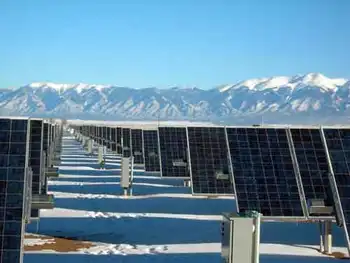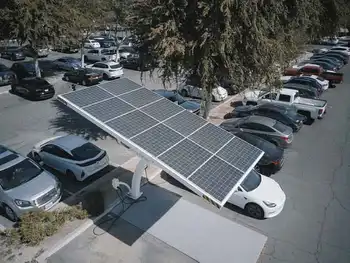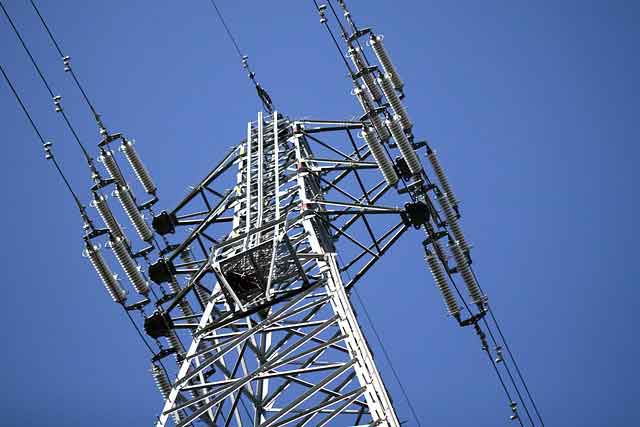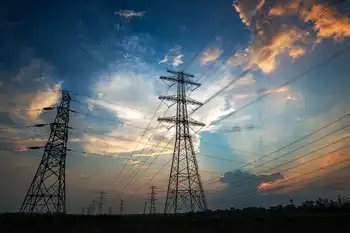States have big hopes for renewable energy. Get ready to pay for it.

High Voltage Maintenance Training Online
Our customized live online or in‑person group training can be delivered to your staff at your location.

- Live Online
- 12 hours Instructor-led
- Group Training Available
New York Climate Transition Costs highlight rising utility bills for ratepayers as the state pursues renewable energy, electrification, and a zero-emissions grid, with Inflation Reduction Act funding to offset consumer burdens while delivering health benefits.
Key Points
Ratepayer-funded costs to meet New York's renewable targets and zero-emissions grid, offset by federal incentives.
✅ $48B in projects funded by consumers over two decades
✅ Up to 10% of utility bills already paid by some upstate users
✅ Targets: 70% renewables by 2030; zero-emissions grid by 2040
A generational push to tackle climate change in New York that includes its Green New Deal is quickly becoming a pocketbook issue headed into 2024.
Some upstate New York electric customers are already paying 10 percent of their electricity bills to support the state’s effort to move off fossil fuels and into renewable energy. In the coming years, people across the state can expect to give up even bigger chunks of their income to the programs — $48 billion in projects is set to be funded by consumers over the next two decades.
The scenario is creating a headache for New York Democrats grappling with the practical and political risk of the transition.
It’s an early sign of the dangers Democrats across the country will face as they press forward with similar policies at the state and federal level. New Jersey, Maryland and California are also wrestling with the issue and, in some cases, are reconsidering their ambitious plans, including a 100% carbon-free mandate in California.
“This is bad politics. This is politics that are going to hurt all New Yorkers,” said state Sen. Mario Mattera, a Long Island Republican who has repeatedly questioned the costs of the state’s climate law and who will pay for it.
Democrats, Mattera said, have been unable to explain effectively the costs for the state’s goals. “We need to transition into renewable energy at a certain rate, a certain pace,” he said.
Proponents say the switch will ultimately lower energy bills by harnessing the sun and wind, result in significant health benefits and — critically — help stave off the most devastating climate change scenarios. And they hope new money to go green from the Inflation Reduction Act, celebrating its one-year anniversary, can limit costs to consumers.
New York has statutory mandates calling for 70 percent renewable electricity by 2030 and a fully “zero emissions” grid by 2040, among the most aggressive targets in the country, aligning with a broader path to net-zero electricity by mid-century. The grid needs to be greened, while demand for electricity is expected to more than double by 2050 — the same year when state law requires emissions to be cut by 85 percent from 1990 levels.
But some lawmakers in New York, particularly upstate Democrats, and similar moderates across the nation are worried about moving too quickly and sparking a backlash against higher costs, as debates over Minnesota's 2050 carbon-free plan illustrate. The issue is another threat to Democrats heading into the critical 2024 battleground House races in New York, which will be instrumental in determining control of Congress.
Even Gov. Kathy Hochul, a Democrat who is fond of saying that “we’re the last generation to be able to do anything” about climate change, last spring balked at the potential price tag of a policy to achieve New York’s climate targets, a concern echoed in debates over a fully renewable grid by 2030 elsewhere. And she’s not the only top member of her party to say so.
“If it’s all just going to be passed along to the ratepayers — at some point, there’s a breaking point, and we don’t want to lose public support for this agenda,” state Comptroller Tom DiNapoli, a Democrat, warned in an interview.











